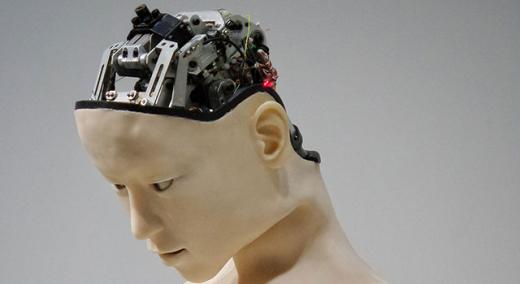Every engineer dreams of having a virtual personal assistant like Jarvis, the disembodied voice that carries out Iron Man’s orders. Smart assistants like Apple’s Siri and Amazon’s Alexa are a step in the right direction, but they can’t help an engineer design a new car. Or can they? Recent progress in voice-controlled design software hints that Jarvis may be just around the corner.
|
ADVERTISEMENT |
Natural language processing (NLP) comes to design software
Natural language processing, or NLP, is a subfield of artificial intelligence (AI) that allows computer programs to understand human language as it is spoken and written. NLP has progressed in leaps and bounds since the advent of the internet, and by now most of us take it for granted that our smart assistants can decipher what we say and respond appropriately (most of the time, anyway).
…

Add new comment